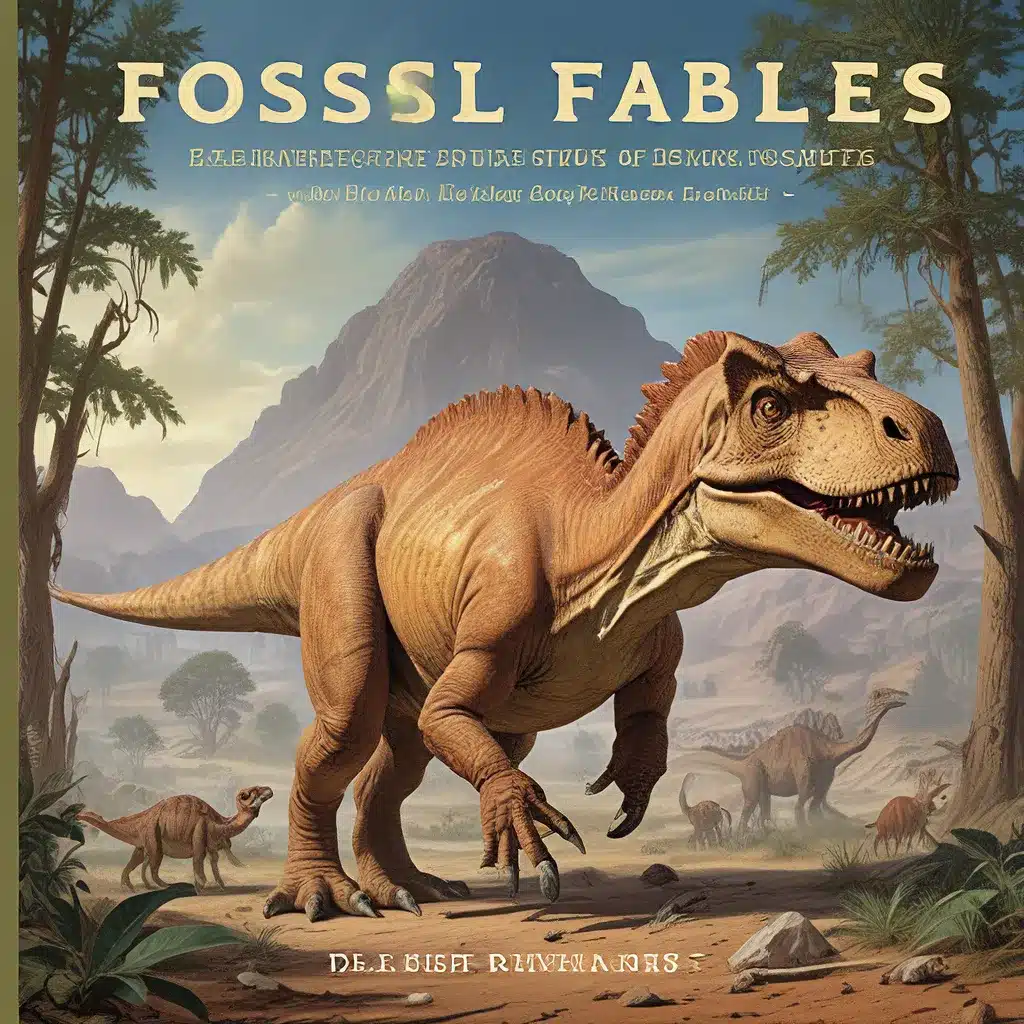
Unveiling the Mysteries of Ancient Dinosaur Cultures
The Lost Kingdoms blog delves into the fascinating world of dinosaur folklore and mythology, uncovering the rich cultural tapestry that existed long before the modern scientific understanding of these ancient creatures. Join us as we embark on a journey through time, exploring how various indigenous civilizations across the globe made sense of the petrified remains of these extinct giants.
Contrary to popular belief, the discovery of dinosaur fossils is not a recent phenomenon. Native American tribes, such as the Sioux, Crows, and Blackfeet, have long been familiar with the mysterious stone skeletons that dotted the landscapes of their homelands. These early inhabitants of North America did not simply dismiss the fossilized bones as mere curiosities; instead, they wove intricate creation stories and mythological narratives to explain the existence of these gargantuan creatures.
Bridging the Gap: Integrating Indigenous Knowledge and Modern Science
Adrienne Mayor’s groundbreaking work, “Fossil Legends of the First Americans,” has paved the way for a deeper understanding of how indigenous cultures across the Americas made sense of the prehistoric remains they encountered. Through extensive research and personal interviews, Mayor has uncovered a wealth of oral histories, creation stories, and traditional accounts that shed light on the sophisticated ways in which these ancient people perceived and interpreted the fossilized evidence of long-extinct species.
One of the most remarkable aspects of these indigenous narratives is their anticipation of modern scientific theories. For instance, some Native American tribes recognized the transformation of organic matter into stone, a process that would later be understood as fossilization. Furthermore, their intricate stories about giant lizards, thunder birds, and water monsters often align with the discoveries of dinosaurs, pterosaurs, and marine reptiles made by modern paleontologists.
Uncovering the Prehistoric Past: Ancient Cultures and Fossil Discoveries
Across the American continent, from the Aztec and Inca empires in the south to the Iroquois, Navajo, Apache, Cheyenne, and Pawnee tribes in the north, indigenous peoples have long been aware of the fossilized remains of extinct creatures. These discoveries have been seamlessly integrated into their cultural narratives, creating a rich tapestry of mythology and folklore that predates the development of modern evolutionary theory.
One particularly striking example can be found in the burnt-red badlands of Montana’s Hell Creek, a region that was once home to a diverse array of Cretaceous dinosaurs. The Sioux, Crows, and Blackfeet tribes, who later inhabited these lands, encountered the exposed fossils and sought to understand their origins. Their creation stories and mythological explanations often mirrored the scientific understanding of these ancient creatures, anticipating modern paleontological discoveries by centuries.
Similarly, the traditions of the Iroquois, Navajos, Apaches, Cheyennes, and Pawnees have been found to incorporate detailed accounts of Ice Age monsters and marine creatures that echo the fossil evidence uncovered by archaeologists and paleontologists. These oral histories and creation stories demonstrate a deep understanding of the geological past and the transformation of organic matter into stone, foreshadowing the development of modern scientific theories.
Embracing Indigenous Perspectives: A Holistic Approach to Understanding Prehistory
As the field of paleontology and archaeology continues to evolve, there is a growing recognition of the invaluable insights that indigenous knowledge can offer. Adrienne Mayor’s work, in particular, has been instrumental in bridging the gap between scientific discovery and traditional storytelling, highlighting the sophistication and relevance of native perspectives on the prehistoric world.
By integrating indigenous narratives and cultural traditions into the study of ancient life, researchers can gain a more holistic understanding of the past. These oral histories and mythological accounts not only provide valuable information about extinct species and their habitats but also offer unique insights into how human societies have grappled with the mysteries of the natural world throughout history.
As the Portal for Public History aptly notes, indigenous knowledge held and still holds knowledge of fossils, and these ways of knowing should be recognized as legitimate science, on par with modern paleontological and archaeological methods. By embracing this holistic approach, researchers can uncover a richer, more nuanced understanding of the ancient past, one that celebrates the wisdom and cultural heritage of indigenous peoples around the world.
Conclusion: Unlocking the Secrets of the Prehistoric Realm
The folklore and mythology surrounding extinct dinosaur societies offer a profound and insightful perspective on the ancient world. Through the lens of indigenous narratives, we can gain a deeper appreciation for the sophisticated ways in which human civilizations have grappled with the mysteries of the natural world, long before the advent of modern scientific discovery.
As we continue to unravel the secrets of the prehistoric realm, it is crucial that we embrace the knowledge and cultural traditions of indigenous peoples from around the globe. By integrating these perspectives into our understanding of the past, we can unlock a more comprehensive and nuanced view of the ancient world, one that honors the wisdom and resilience of our human ancestors.


